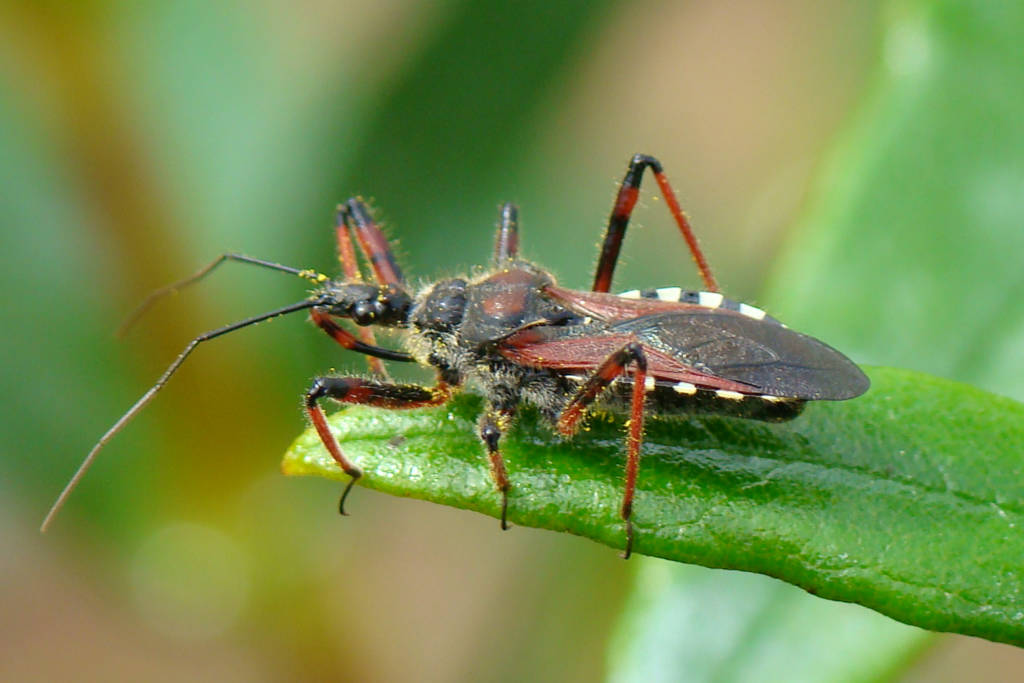
A little-known life-threatening illness caused by blood sucking insects has been labeled the “New AIDS of the Americas” by leading health experts.
The said disease was once largely contained to Latin America but is now spreading into the United States due to the increases in travel and migration. Chagas is usually transmitted from the bite of blood-sucking insects called Trypanosoma cruzi which releases a parasite into the victim’s bloodstream.
According to a report, the parasitic illness called Chagas Disease has similarities to the early spread of HIV. The shocking comparison has put this neglected tropical disease in headlines around the world.
Experts warn that more cases of Chagas and other neglected tropical diseases are being reported in the U.S. An estimated 12 million Americans have one or more tropical infections, including an estimated 300,000 with Chagas disease.
In Texas, one in every 6,500 blood donors are infected with Chagas disease, compared with one in every 27,500 donors across the country.
Chances are, if you have it, you don’t know it. That’s because the parasite stays dormant for years and because American doctors are uneducated about the infection.
Chagas disease isn’t new to Texas, and neither is the dime-size kissing bug that spreads the infection. The first case in the U.S. was reported in 1955, and kissing bugs have been spotted in Texas since the early 1800s.
Kissing bugs live in rats’ nests and wood piles or in the nooks of your furniture or cracks in your house. They earned their name by biting us around our eyes and mouth. They poop where they eat, and when you rub the irritated bite, you rub the poop — and the parasite — into your skin. The infection is also spread through blood transfusions, organ transplants and, during pregnancy, from mother to baby.
Who’s at risk? Is Chagas really as bad as AIDS? Before fear runs rampant, it’s important to know the facts.
What Is Chagas Disease?
Chagas disease is caused by a parasite called Trypanosoma cruzi. The parasites multiply within cells of the body. Infected cells burst, releasing parasites into the bloodstream.
Chagas disease was first recognized in the modern era by Brazilian doctor Carlos Chagas in 1909. But the disease has been around for 9,000 years. Chagas parasites have been found in the remains of mummies from the ancient Chinchorro culture of South America. The most common complication of chronic Chagas disease is a heart condition called chronic Chagas cardiopathy. These complications include enlarged heart, heart failure, severely altered heart rhythm, and heart attack.
Some patients with chronic Chagas disease get intestinal complications. These may include enlarged esophagus (causing difficulty swallowing) or enlarged colon (causing difficulty passing stool).
How Is Chagas Disease Spread?
There are several ways Chagas disease is spread.
The most common way is through the bite of a family of blood-sucking insects called triatomes. They’re better known as kissing bugs, assassin bugs, cone-nosed bugs, and reduviid bugs.
While most cases of Chagas disease are in Central and South America, 11 different species of the bugs live in the Southern U.S. They may be found as far north as Pennsylvania in the East and Northern California in the West.
Inside houses, the most common places to find the bugs are near pet resting areas (a good reason not to sleep with your pets), in areas infested by rodents, and in or around beds (particularly under mattresses or bedside tables).
These bugs usually come out at night. They feed on the blood of humans and other mammals, birds, and reptiles. The bugs are attracted to the lips — hence the nickname “kissing bug” — although bites may occur on other parts of the body.
The bug bite itself doesn’t spread Chagas parasites. But while feeding,…








